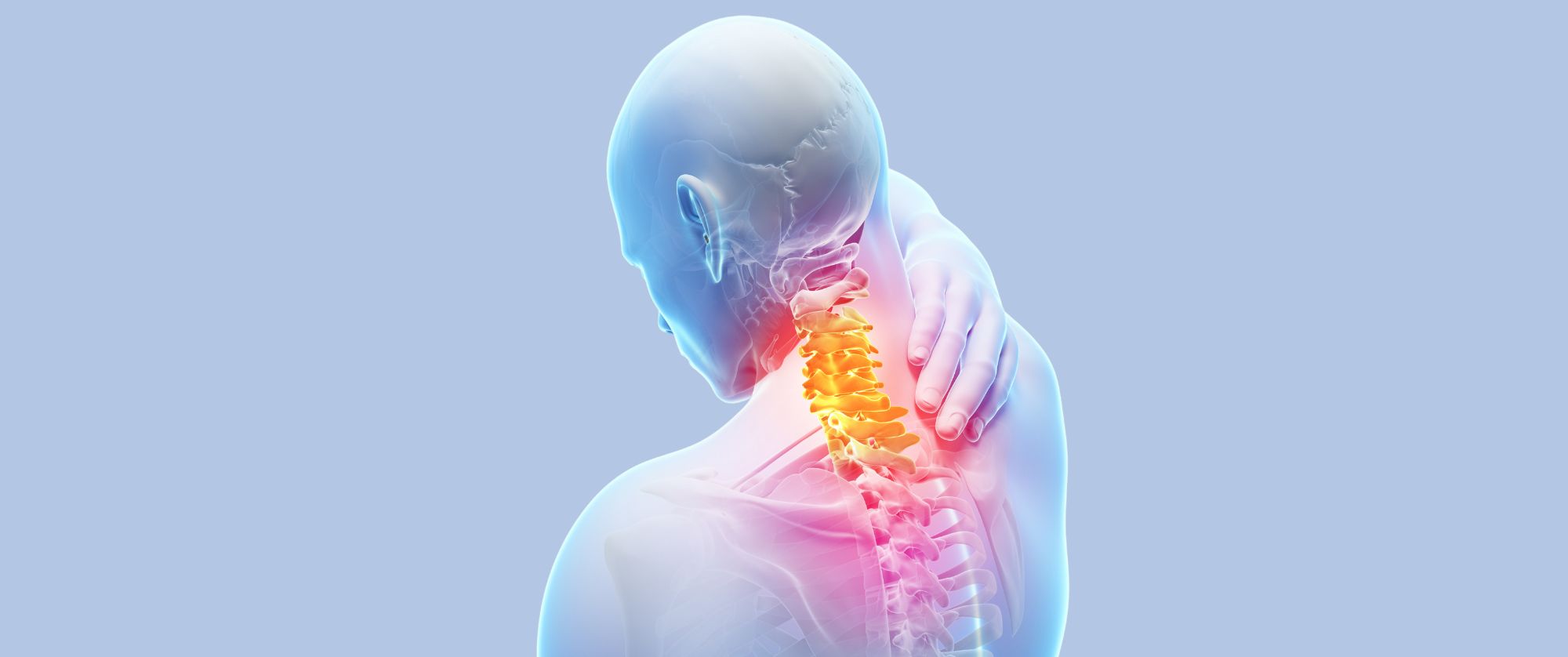Atlanti Axial Dislocation and Basilar Invagination

Atlantoaxial Dislocation and Basilar Invagination are two types of conditions that take place in the upper part of the cervical spine and the base of the skull.


- Atlantoaxial Dislocation (AAD)
The image of the cervical vertebrae will show that its topmost part is known as the atlas or C1 and it is followed by the axis or C2 vertebrae. Any damage, displacement, or abnormality in the alignment of the atlas and the axis in the cervical vertebrae gives rise to a condition, in medical terms which is known as Atlantoaxial Dislocation.
The causes of ADD can be attributed to multiple factors. Any form of trauma or injury, congenital abnormalities, infections in the joints, or conditions like rheumatoid arthritis can be the source of origin for the occurrence of ADD. When a person is affected by ADD, the following symptoms start surfacing. They include-
- Neck pain
- Stiffness in the Neck
- Difficult in swallowing food
- Breathing problems
- Weakness in the limbs
However, modern medical inventions have given rise to a number of ways to diagnose ADD. The most common way to detect ADD is with the help of images obtained through X-rays, CT scans, or MRIs. These images help in studying the types of abnormality that have developed in C1 or C2 of cervical vertebrae because of misalignments or compression in the spinal cord. Treatments may be done through traditional methods of physical therapy or bracing. Medications are also recommended for relieving pain. In case of severity, neurosurgeons opt for surgical inventions to reduce abnormalities in the spinal cord.
- Basilar Invagination
The dislocation of that atlas (C1) and axis (C2), that is the upper portion of the cervical spine towards the base of the skull is known as Basilar Invagination. This condition can be attributed to congenital abnormalities or disorders in the structure of the skeletal. Another condition that can cause Basilar Invagination is Chiari malformation. It is a malfunction where the cerebellar tonsils penetrate through the opening of the base of the skull giving rise to abnormalities in the cervical region.
Occurrence of Basilar Invagination can be attributed to compression in the cervical region of the spinal cord and brainstem resulting in the following symptoms. The symptoms include-
- Headaches
- Neck pain
- Neurological issues
The initial stage of the diagnosis procedure includes the study of images of the cervical spine and various structures around it by conducting MRIs or CT scans to understand the extent of abnormalities that have occurred in the spinal cord and the surrounding parts. Treatment is done based on the severity of the condition. Some patients might need medicines or physical therapy, while some may require to undergo surgery to reduce compression and improve the quality of life.
If You are in Trouble Need My Help, Contact Me!
Videos
Watch the latest videos featuring eminent Neurosurgeon Dr. Satish Rudrappa now.
More Services
Cervical stenosis
The Spinal canal is a pathway through which the spinal cord and other nerves run from one part of the body to the other.
Cervical spondylosis with Myelopathy
The spinal cord is subjected to various changes as an individual starts growing old. These changes alter the shape and structure of the spine and its adjacent structures.
To Book Your Appointment
For best and comprehensive Neurosurgical Evaluation and Treatment.

